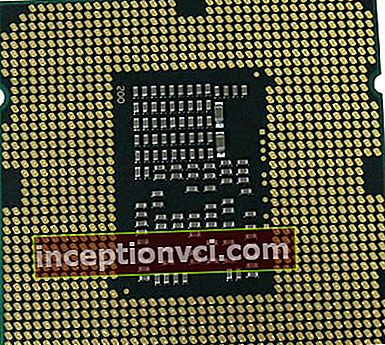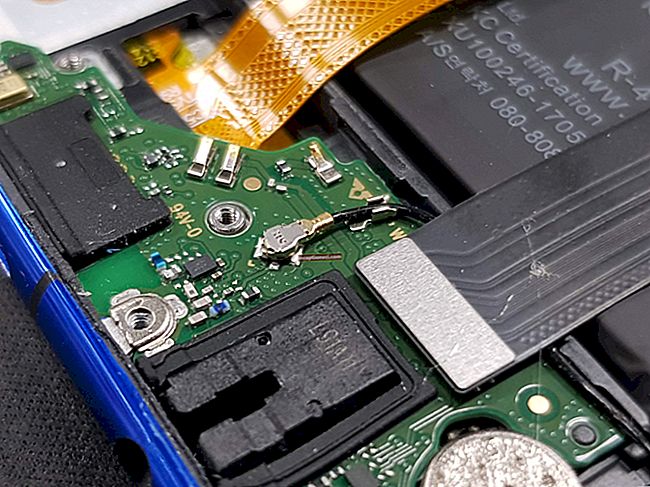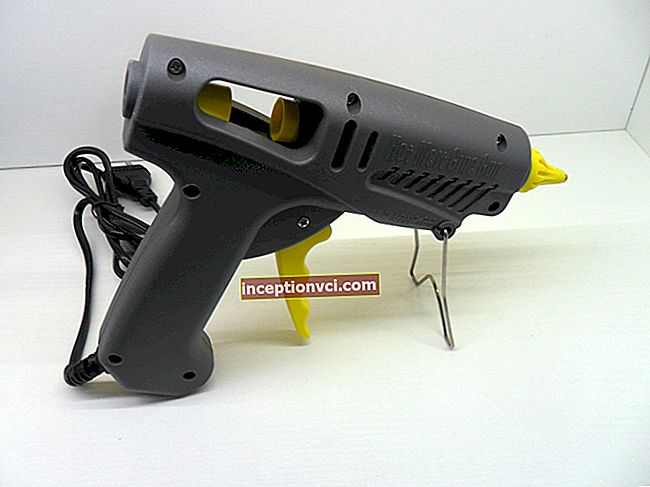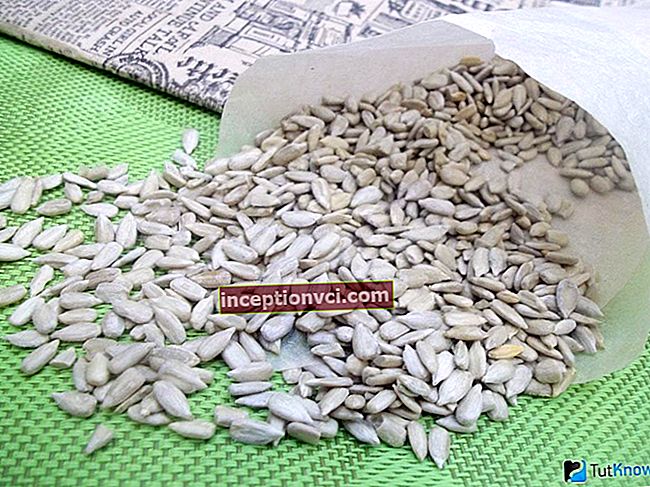After the successful release of Intel Core i7 processors, the company decided to give us a new line in the mid-price segments of the Nehalem architecture. It includes two new Intel Core i3 and Intel Core i5 processors. They are connected only by a common architecture. In all other features, they differ radically. We will tell you as much as possible about the features and differences of the Intel Core i5-650 processor and show you in this review.
Completion and appearance.


The familiar corporate design of the box where the Intel Core i5-650 graphics processor was packed is already familiar to us for a long time. It says that the processor belongs to the dual-core Core i5 families. After all, this is a new generation of 32 nm desktop processors with a supported s1156 socket.


Through the top cover you can easily see the contents of the box - a cooling cooler. On the other side of the package there is a small transparent window through which you can see the Intel Core i5-650 processor.



Comes with an Intel Core i5-650 processor, a simple fan with a small, low-profile aluminum heatsink. This cooling system has no heat distribution over the entire surface. However, there is PWM support for the power mode. For maximum and long-term overclocking of Intel Core i5-650, there will be very little of such a cooler. In normal modes, he copes with his duties, completely cools the processor. Noise and hum is not audible at standard revs. Even at a frequency of 2000 rpm, the fan works quite quietly when the system unit is closed and does not irritate the owner who bought this hardware.

A three-year warranty with a user manual in different languages is given to us on the Intel Core i5-650 with a cooling system. As a small bonus, a sticker with the Intel Core i5 logo neatly glued to the instruction booklet is given to the owner of this device, a trifle, but nice.

Intel Core i5-650 has dimensions of 3.8 cm by 3.8 cm. However, all other models that support socket 1156 also have such dimensions. On the cover of the CPU, which helps to distribute and dissipate the heat of the core, brief characteristics are written.
- CPU frequency 3200 Megahertz;
- 4 MB L3 cache memory;
- Power supply system PCG 09B.

- Intel's Core i5-650 manufacturing technology was based on the Nehalem architecture. And all other Intel Core i5 families use s1156 connectors. The Intel company conventionally divides this family of processors into two categories: Low and Top. The first classes go to the Core i5-6x processors, the second class already belongs to the rest - Intel Core i5-7x.
The main characteristic of the Intel Core i5 family
Processors | i5-670 | i5-661 | i5-660 | i5-650 | i5-750S | i5-750 |
Manufacturing process | 32 and 45 nano microns | 45 nano microns | ||||
Architecture | Clarkdale | Lynnfield | ||||
Third level, L3 cache | 4 Mb | 8 Mb | ||||
Clock frequency in Megahertz | 3460 | 3330 | 3330 | 3200 | 2400 | 2660 |
System bus | DMI | |||||
Number of cores | 2 | 4 | ||||
Intel Virtualozation | Yes | Yes | Yes | Yes | Yes | Yes |
Intel x86-64 | Yes | Yes | Yes | Yes | Yes | Yes |
Intel Trusted Execution | Yes | not | Yes | Yes | not | not |
Execute Disable Bit | Yes | Yes | Yes | Yes | Yes | Yes |
Hyper-Threading Technology | Yes | Yes | Yes | Yes | not | not |
The Intel Core i5-650 processor is designed with a 32nm core. This is its main difference from the Intel Core i5-7xx family.
But already on the Intel Core i5-661 processor, the improved Intel HD Graphics core reaches a frequency of up to 900 MHz, and the Intel Core i5-650 model boasts only a frequency of 733 MHz. Graphics cores have received changes for the better:
- Added two units of conveyors;
- Optimizing pixel shaders;
- The video buffer has grown to 1700 Megabytes of the largest amount of RAM;
- OpenGL 2.1 is now supported;
- The transfer of information simultaneously with several devices is implemented.
The only downside is that DirectX 11 is not supported. Nowadays, all applications are mostly released on DirectX 10. The integrated graphics card in the processor chip is sufficient for almost all modern tasks. The 32nm technological process makes the cost of the motherboard cheaper, reduces heat generation and power consumption.
Specification Intel Core i5-650:
Name | Intel Core i5-650 |
Marking | SLBLK |
CPU socket | LGA1156 |
Clock frequency | 3.2 Gigahertz |
Factor | 24x |
Bus frequency | 133 MHz |
L1 cache size | 64 Kilobytes |
L2 cache size | 512 Kilobytes |
L3 cache size | 4096 Kilobytes |
Core | Clarkdale |
Number of Cores | Two |
DMI | 2.5 GT / s |
Food | 0.65-1.4 volts |
Power dissipation | 73 watt |
Celsius temperature | 72 degrees |
Technical process | 32 nm + 45 nm |
Maximum RAM | 16 Gigabytes |
Memory version | DDR3-1066 / 1333 |
Dual channel mode | there is |
Maximum transferable capacity | 21 GB / s |
EEC support | Absent |
Integrated graphics core | |
Computing pipelines | 12 pieces |
Graphics core frequencies | 733 Megahertz |
Memory usage by the integrated video card | up to 1700 Megabytes |
Supported APIs | DirectX 10 (Pixel Shaders 4.0) OpenGL 2.1 |
Interface, FDI | Intel (2.7 GT / s) |
HDCP support | Present |



The utilities show, without question, that the processor has a 24x multiplier. 32nm processor with Clarkdale core. The voltage is 1.168 volts at a nominal frequency of 3200 Megahertz. After activating Intel Turbo Boost technology, the frequencies will rise to 3300 MHz at high loads. With a single-threaded task running, the core adds one more multiplier, while the frequency is approximately 3460 Megahertz. There is one important factor - the official support for Intel Core i5-650 RAM with frequencies of 1333 MHz.
This hardware was taken to compare benchmarks with an Intel Core i5-650 GPU.
motherboards AMD:
Asus M3A32-MVP Deluxe AM2 + ATX
Gigabyte GA-870A-UD3 AM3 ATX
Coolers for AMD:
Noctua NH-D14
DeepCool ICEEDGE 400XT
Intel systemicfees:
Asus MAXIMUS III FORMULA s1156 ATX
Asus P7H55-M LX / SI s1156 mATX
Coolers for them:
Cooler Master Hyper TX3
Zalman CNPS10X Performa
Operative:
Kingston DDR3 2048Mb PC3-10666 1333MHz
Kingston DDR2 2048MB PC2-6400 800MHz
Video Cards:
Asus Radeon HD5670
Gigabyte GeForce GTX460
Power supplies:
Chieftec CFT-750-14CS 750W
Thermaltake TR2 RX 750W
Optical drives:
Western Digital 1000GB 32MB
Seagate 500GB 16MB 7200rpm
Systemic block (body):
RaidMAX Sagittarius 928WS Black













At higher clock speeds, the Intel Core i5-661 processor outperformed its junior model by 2.7 percent. In games, the gap was only one percent. Quad-cores were great. With its Lynnfield core, the Intel Core i5-750 came off a whopping 18.6 percent and the Intel Core i7-860 by 31.6 percent. The competitor AMD Phenom II X4 965 showed us a figure of 19.1 percent, respectively.
The results were clear that multi-core always wins in terms of performance, although this was previously questioned. With new technologies, even many cores can now handle single-threaded programs with ease.
The Intel Core i5-650 processor overclocks to frequencies of 4676.1 MHz, which is a confirmation of the serious overclocking potential of the Nehalem platforms. We had to raise the multiplier to 25x, and the bus frequency to 187 MHz. Productivity has increased by a whopping 46.5 percent.

Energy consumption.
The effect of changing the frequencies of the graphics power consumption system. The measurement was made on an Intel BLKDP55WB motherboard with integrated graphics.
Cpu | Intel Core i5-661 | Intel Core i5-650 | Intel Core i3-540 | Intel Pentium G6950 |
Idle | 31 Watt | 29 watts | 29 watts | 28 watts |
CPU load (EVEREST) | 77 watts | 76 watts | 70 watts | 60 watts |
Video load (FurMark) | 60 watts | 57 watts | 54 watts | 50 watts |
All load (EVEREST + FurMark) | 94 watts | 89 Watt | 80 watts | 72 watts |
The table shows that the integrated video card in the processor is beneficial for those who need significant energy savings.
Bottom line.
Intel has created a human-made processor that delivers the performance level you need for any task. We recommend the Intel Core i5-650 processor to novice overlockers who will eventually switch to more solid copies.
Read: "How to set up sound on the front of your computer"










